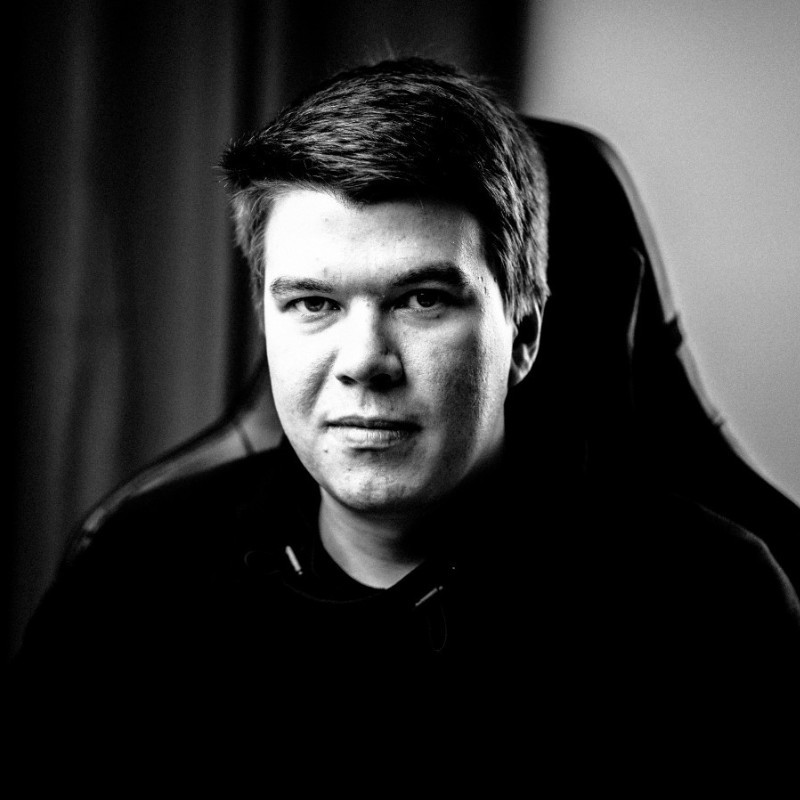🌐 Next-Gen Social Mechanics in Gaming: The Next Big Opportunity in F2P 🌐
As the gaming landscape continues to evolve, the next billion-dollar opportunity lies in pushing beyond today’s social mechanics and connectivity features. In a world craving genuine connection, games that foster deep social engagement both inside and outside the game environment are set to thrive.
Imagine games where players can connect beyond traditional friend lists and chat functions. Instead, they could experience a “Tinder-like” player-matching system, building teams or alliances based on compatibility, interests, or in-game objectives. Picture boosters that activate based on proximity, or resource trading convoys that reward cooperation and strategic trading based on location. These features wouldn’t just offer new play methods—they’d create lasting relationships beyond the screen. And I’m not talking only about location-based games here.
🔍 Why This Approach Works in Today’s World?
In a society where people crave meaningful connectivity, games have the chance to be more than escapist entertainment. They can serve as dynamic, socially connected ecosystems, encouraging:
1. Active Collaboration: Real-life movement and coordination outside the game can unlock shared goals or rewards, fostering teamwork and camaraderie
2. Theorycrafting Beyond the Game Medium: By motivating players to strategize and coordinate in real life, these games keep players engaged and invested even when not logged in.
3. Longer Engagement and Retention: Socially dynamic games will naturally retain players longer, as they stay connected through shared goals and real-world interactions.
The future of F2P gaming isn’t just about what happens inside the game but how these games can blend into our lives, meeting the growing need for authentic connection. Imagine games that don’t just entertain—they facilitate real relationships, helping people connect and grow together in meaningful ways. When monetized in a healthy way, this has tremendous depth to be explored as well.
The future of social gaming isn’t still here. Who’s ready to build it?
